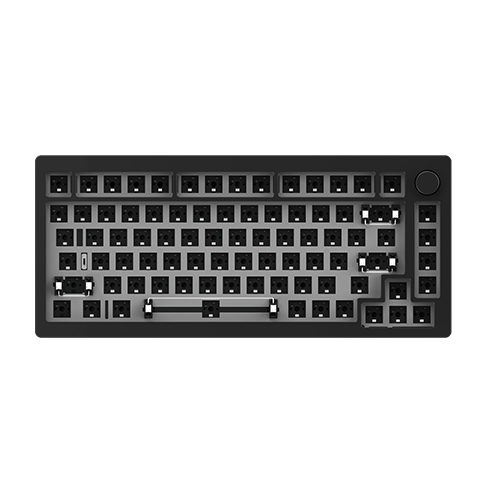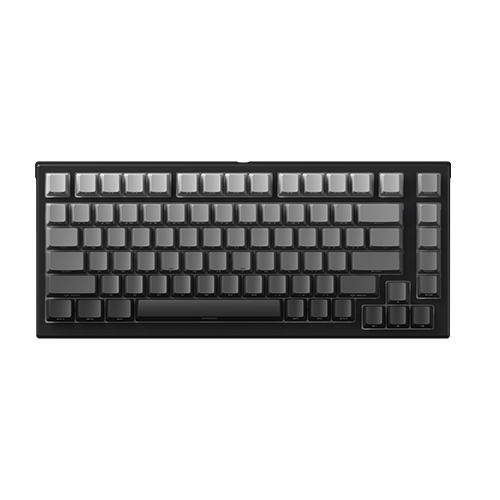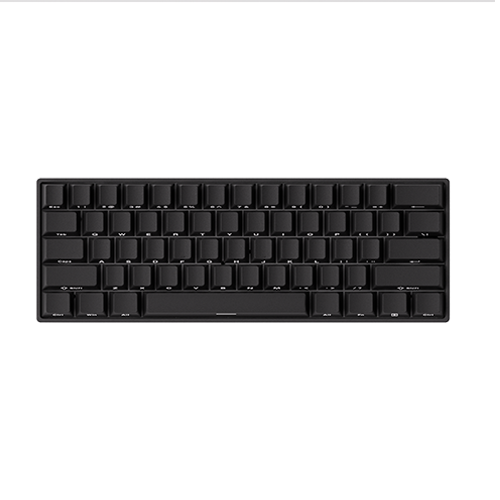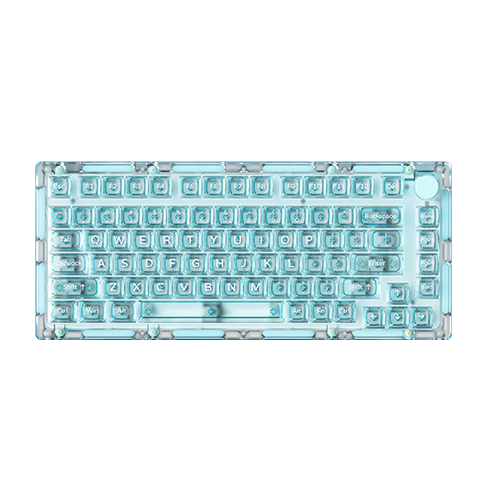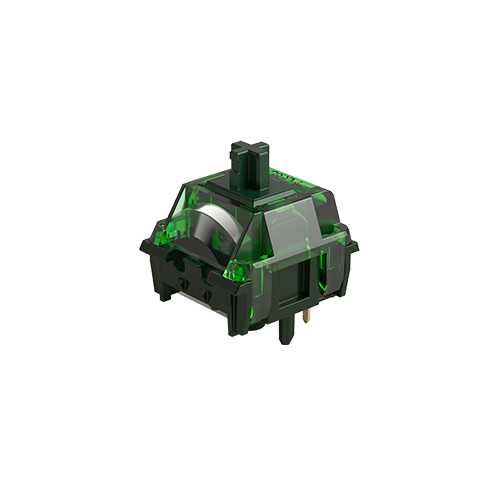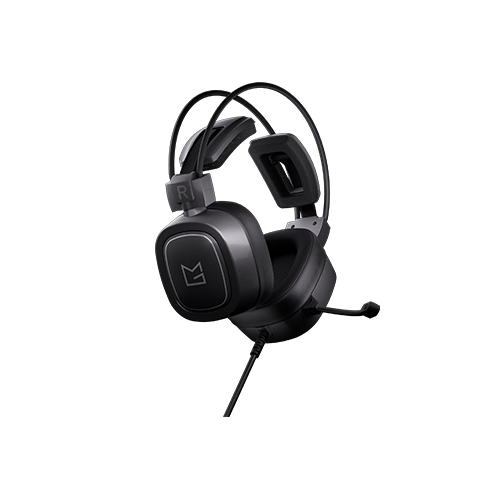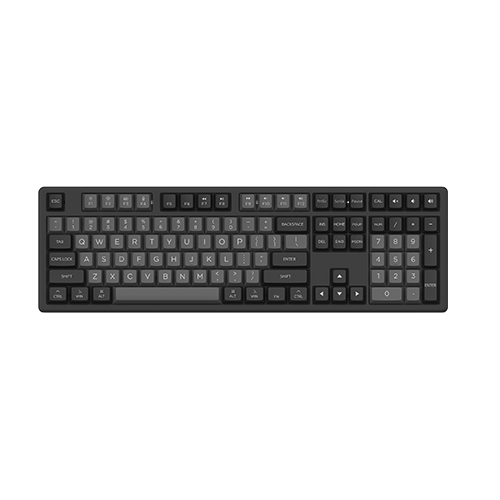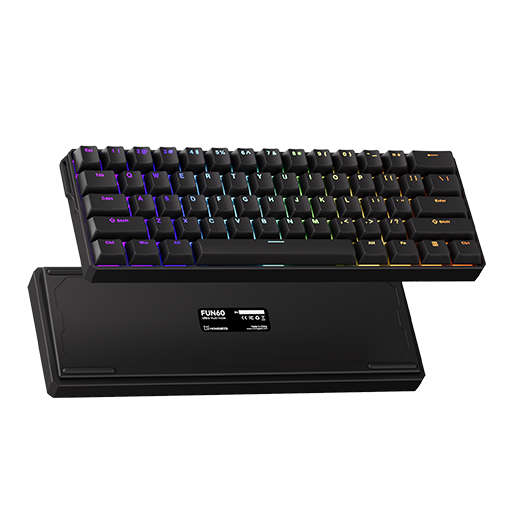TMR vs. Hall Effect: Applications in Magnetic Switch Keyboards Explained
📅Dec 25 2024
When it comes to TMR, gamers familiar with joysticks will likely recognize the concept.
TMR (Tunneling Magnetoresistance) has been widely used in gaming controllers for quite some time and is now making its way into gaming keyboards. It is designed to deliver even more precise accuracy than what the Hall Effect can achieve.
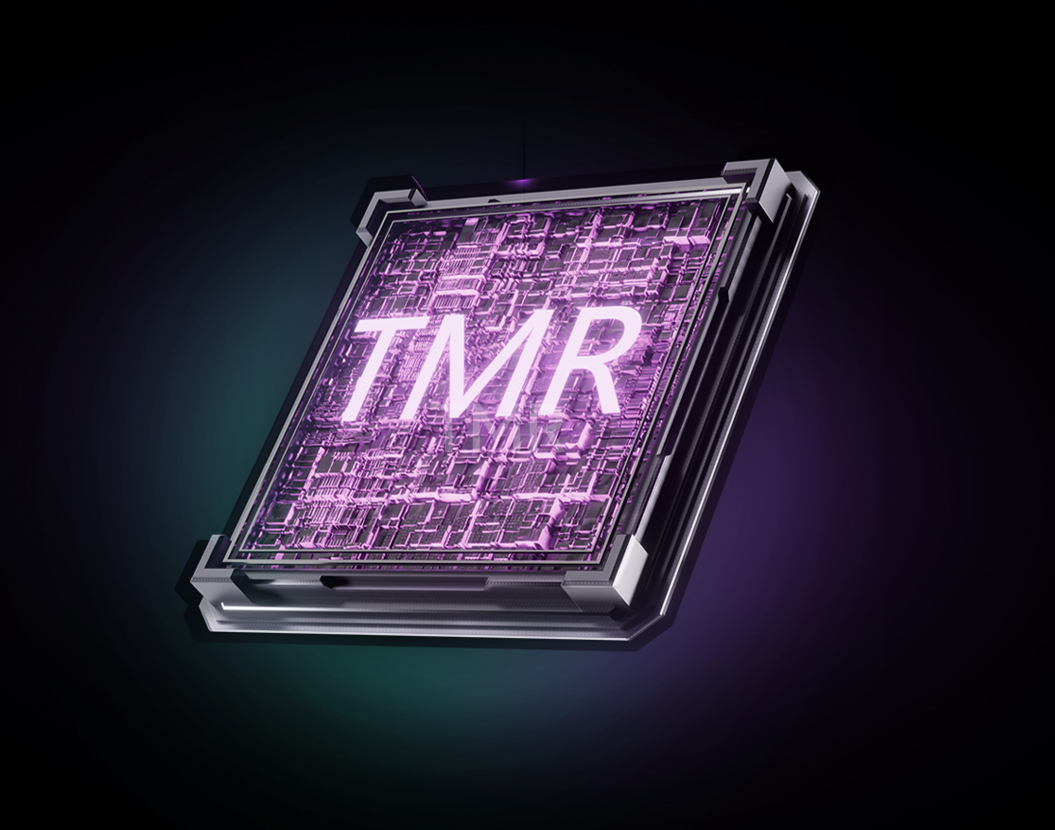
That’s exactly why TMR is integrated into magnetic switches keyboards: 1) to boost the precision, and 2) to ensure enhanced reliability for wireless gaming.
Let’s dive into the details!
TMR stands for tunnel magnetoresistance. The Hall Effect and Tunneling Magnetoresistance (TMR) are both phenomena used in sensing technologies, especially in the context of switches, such as magnetic switches used in mechanical keyboards, but they operate on different principles. The purposes of having them are to boost the actuation without having to physically touch the switches.
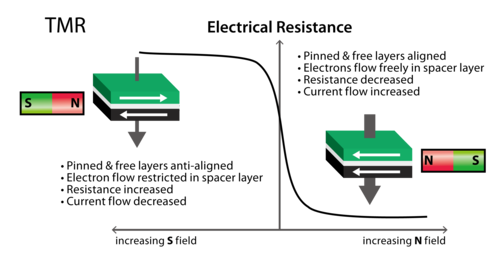
TMR is a quantum mechanical phenomenon that occurs when electrons “tunnel” through a thin insulating barrier between two ferromagnetic materials. The resistance of the material changes depending on the relative alignment of the magnetization of the two ferromagnetic layers.
A summary between TMR and Hall Effect goes into this:
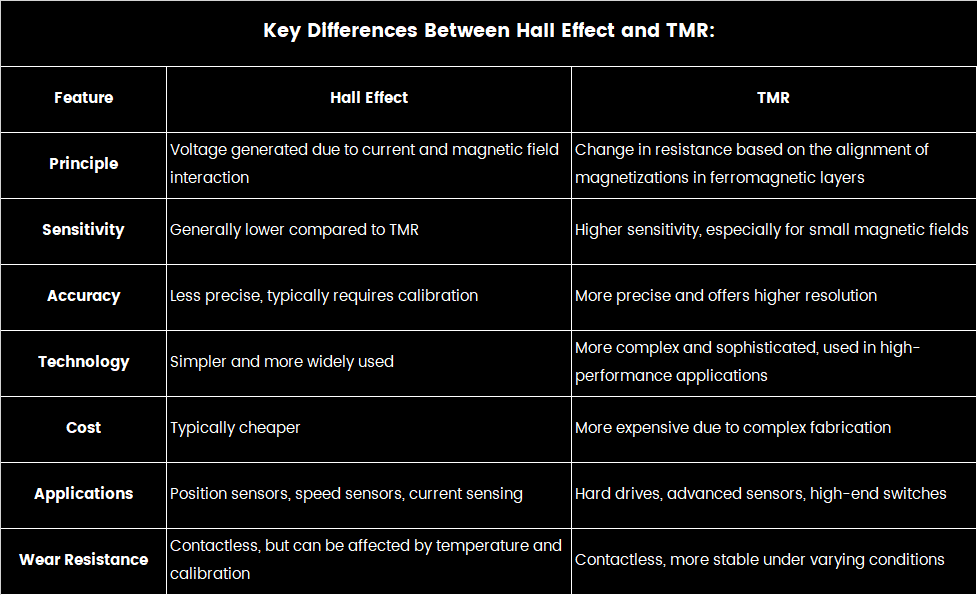
Overall, TMR offers more potential for advancing the gaming. And because it is more stable under varying conditions, it is considered to be ideal for competitive gaming in wireless conditions. It would be super cool to achieve the equivalent level of latency in wireless as in wired connection.
In 3rd party precision tests of FUN60 series, it does show that the Ultra TMR version is relatively more precise than other hall effect versions. And it is thus more expensive as well.
We would recommend the FUN60 Ultra TMR version for those seeking ultimate build quality, aiming for the MagMech feature (ensuring compatibility with mechanical switches) and also smooth experience in wireless gaming.

